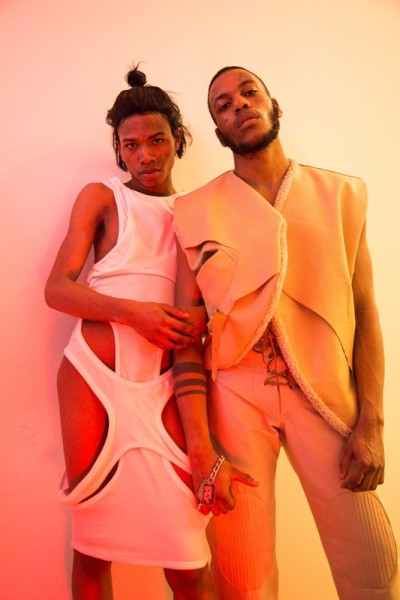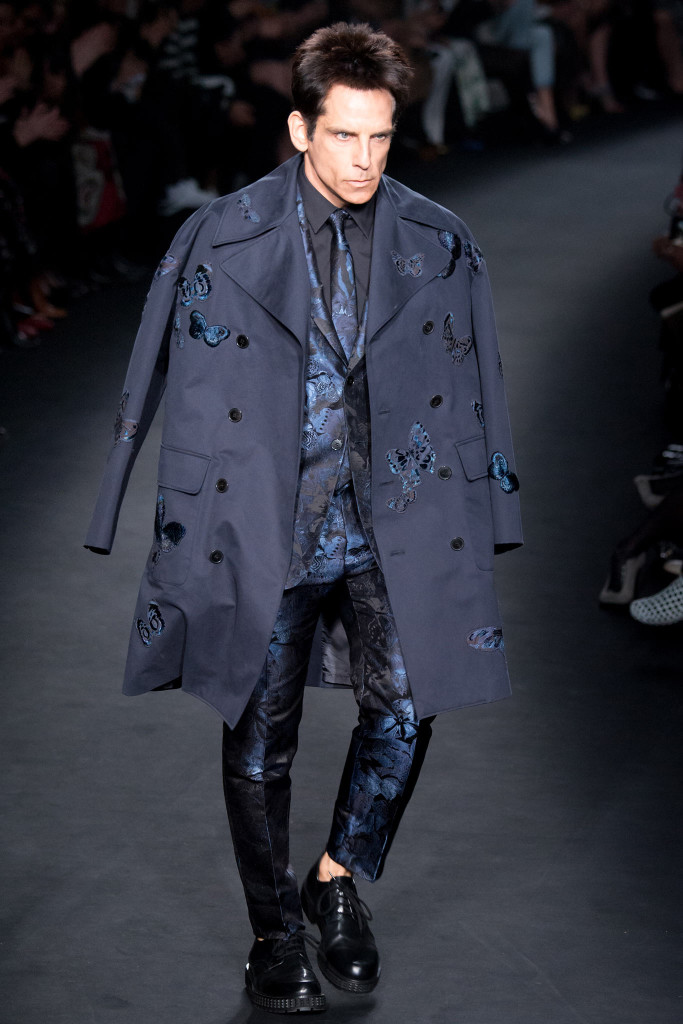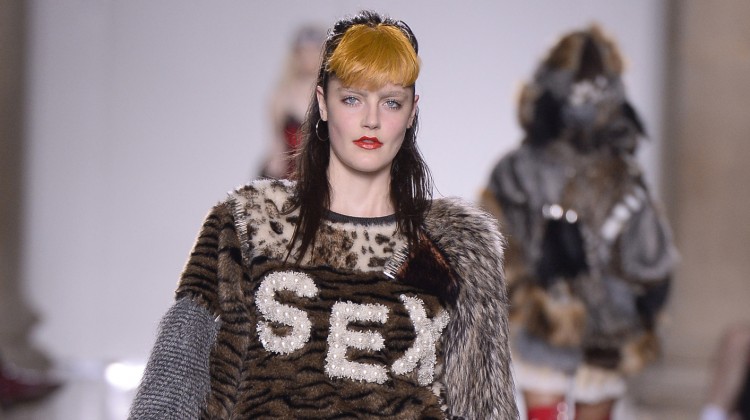Fashion month roundup: a mix of politically charged and ready-to-wear
Fashion Houses worldwide made social and political statements worth talking about
In the previous issue of the Innis Herald, I wrote about the importance of fashion and how we must think of it as situated in, and not separate from, politics. This time, I want to remind you of this using concrete Fashion Week proof that fashion matters and that it affects us.
With this in mind, below you’ll find my best attempt to choose important Fall/Winter 2015 shows that happened throughout the fashion month. I provide this recap by considering these shows as cultural productions, not simply as trends and clothing to wear.
NEW YORK
New York challenged what we think we know about fashion — but not too much so as to disorient us. Here, the future looks bright.
YEEZY (Kanye West for Adidas Originals), showed us the expected: valuable and controversial. Critics note that West’s designs may not be as groundbreaking as he thinks, arguing that we’ve seen similar looks from designers like Helmut Lang, Rick Owens, and Maison Margiela — a house Kanye’s famously a fan of. Knowing this, the show takes on a different form, and Kanye’s vision of neutral colour translucent bodysuits and nylon sock-caps loses its allure.
Propelling fashion in radical directions was the VEJAS presentation. Still an emerging brand designed by Vejas Kruszewski, it shows no intention of gently coming into the fashion world. VEJAS had a diverse cast in ways others unfortunately failed to include. Transgendered women, black models, and black trans women were just some of those casted in the F/W’15 presentation. The art direction evoked something of a post-apocalyptic world, where our notions of gender are disrupted, opening up spaces for new conceptions; the models were covered in dirt, and their hair was disheveled. Vegas told Dazed Digital that, “it’s about resilience,” about the woman who goes through hell and survives.

LONDON
London fashion carries most potential for novelty and creativity on the street. The runways this season lacked in spirit and voice. That is, until Ashish’s intervention. He tells Vogue that he was inspired by Jane Fonda in Klute (1971). If you haven’t seen it, I’ll tell you – she plays a sex worker.
The reference is inescapable, most notably marked by attention-begging, red, patent leather, thigh-high boots. The pieces resemble lingerie. Lingerie as formal wear is nothing new- with bustier trends, bralettes and bandeaus being around for quite some time. However, to see it paired alongside fur coats and parkas, red thigh-highs and punk-like disheveled hair invokes an image of a woman on her way home “the morning after.” Ashish embraces this woman as something to celebrate rather than shun. His decision to do so is valuable and can be read as a political stance in support of sex workers.
His use of denim, camouflage and big parkas also refers back to the street and street wear fashion. The F/W’15 Ashish woman is a “woman of the streets,” which begs the question: will the fashion show’s impact actually reach the streets themselves?
MILAN
Italian fashion, and especially Vogue Italia, has long been held as the beacon of problematic work. This year, we were blessed to have a Canadian designer show in Milan- except that they completely embarrassed us while disrespecting our Indigenous people, history and culture. Toronto natives Dean and Dan Caten of DSquared2 showed an absolutely offensive show, both in its culturally appropriative clothing and its lack of respect for the violent colonial history of Canada.
To hopefully reconcile the DSquared2 disaster of Milan FW ‘15, Dolce & Gabbana paid tribute to the “mamma.” It was refreshing and young – by young, I’m referring to the literal babies on the runway. Models walked a pink runway in rose clad looks, some carrying babies, others walking with child models. The latter looks (80-89) were printed with what resembled children’s drawings. It was endearing to see, but hard to envision being worn; nevertheless, it was charming.
PARIS
The Internet blew up when Valentino brought out Derek Zoolander (Ben Stiller) and Hansel McDonald (Owen Wilson) for its finale. Obviously, this was a stunt to promote the Zoolander 2 movie, but it was also a funny way for Valentino to mock itself as a major actor in the fashion industry.
Fashion Internet also blew up for the Jacquemes show. Simon Porte Jacquemes is a fast-rising designer whose collection caught people’s attention. The problem is the way some of the model’s faces were covered, while their breasts were left exposed. Some of these models were black, and I need not mention the objectification of women’s bodies- but I will- and remind you further of the historical and ongoing violence inflicted upon black women’s bodies especially.
Yet Paris kept providing hope. Both Balmain and Balenciaga casted numerous black models. To even greater contentment, the casting considered a variety of skin tones. Balenciaga opened with a black model and followed by two more- an important move within the context of racism in fashion and the repercussions it holds for setting anti-black beauty standards in our society.

Featured image courtesy of Ben A. Pruchnie/Getty Images Europe
